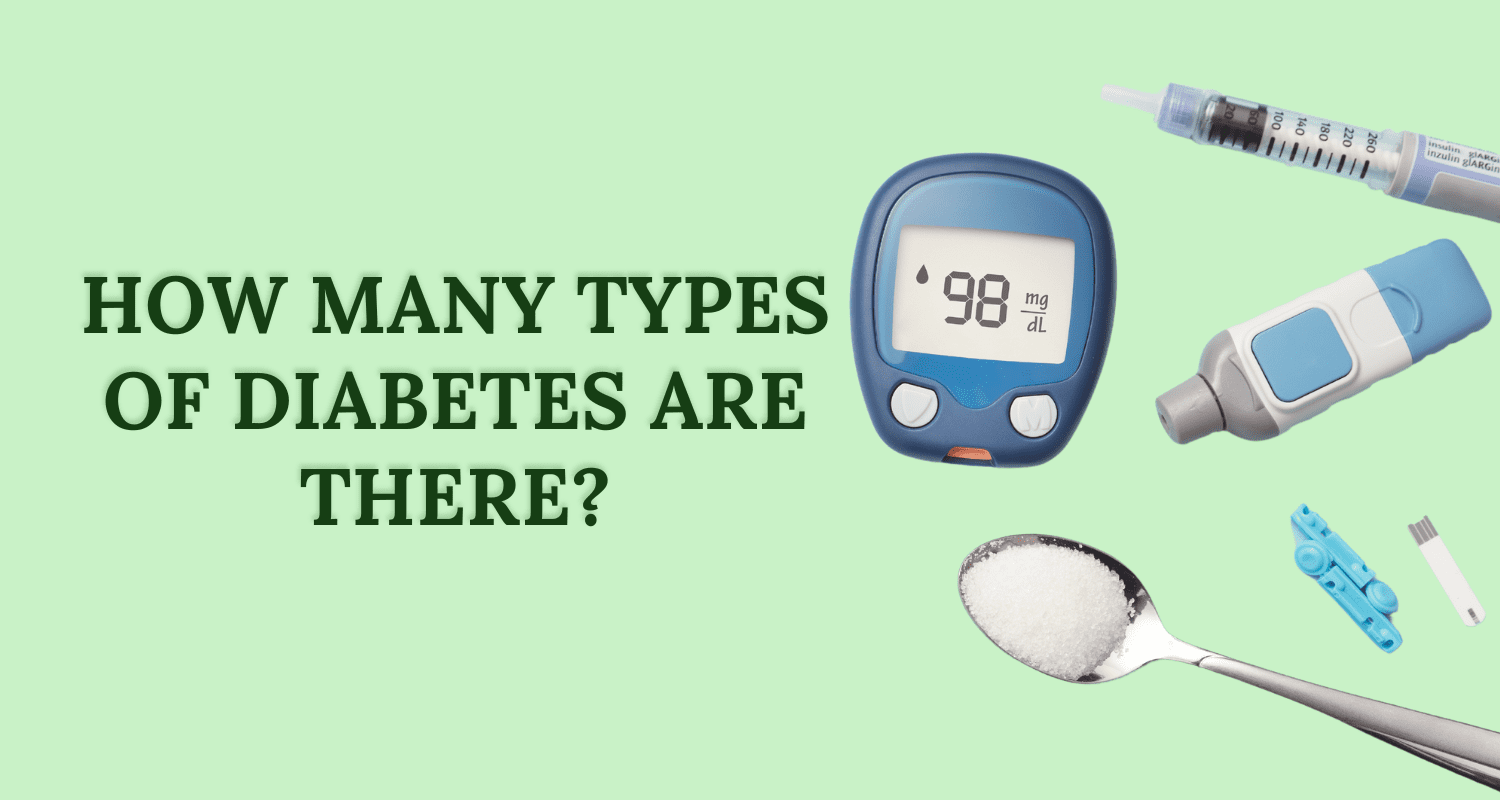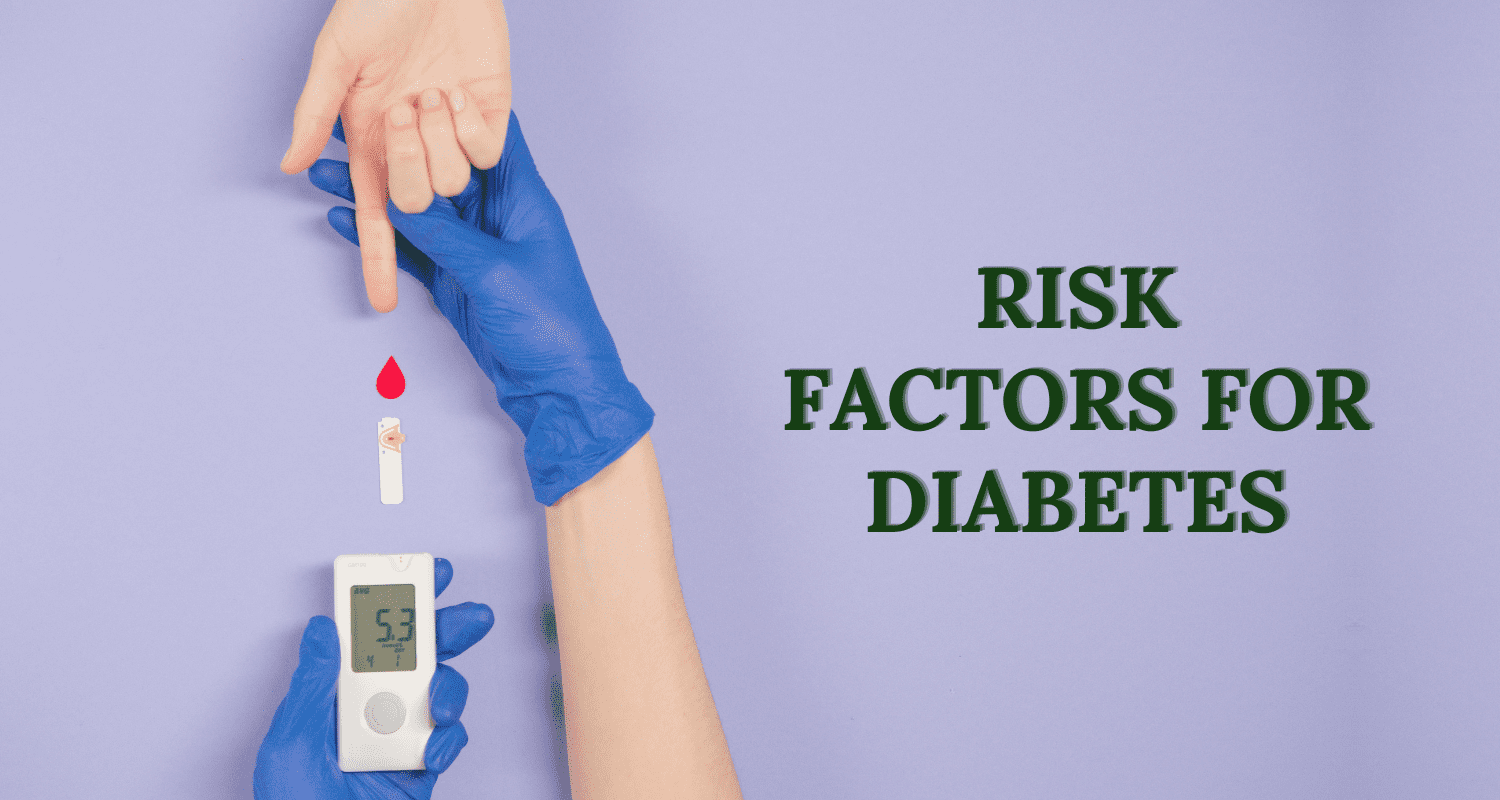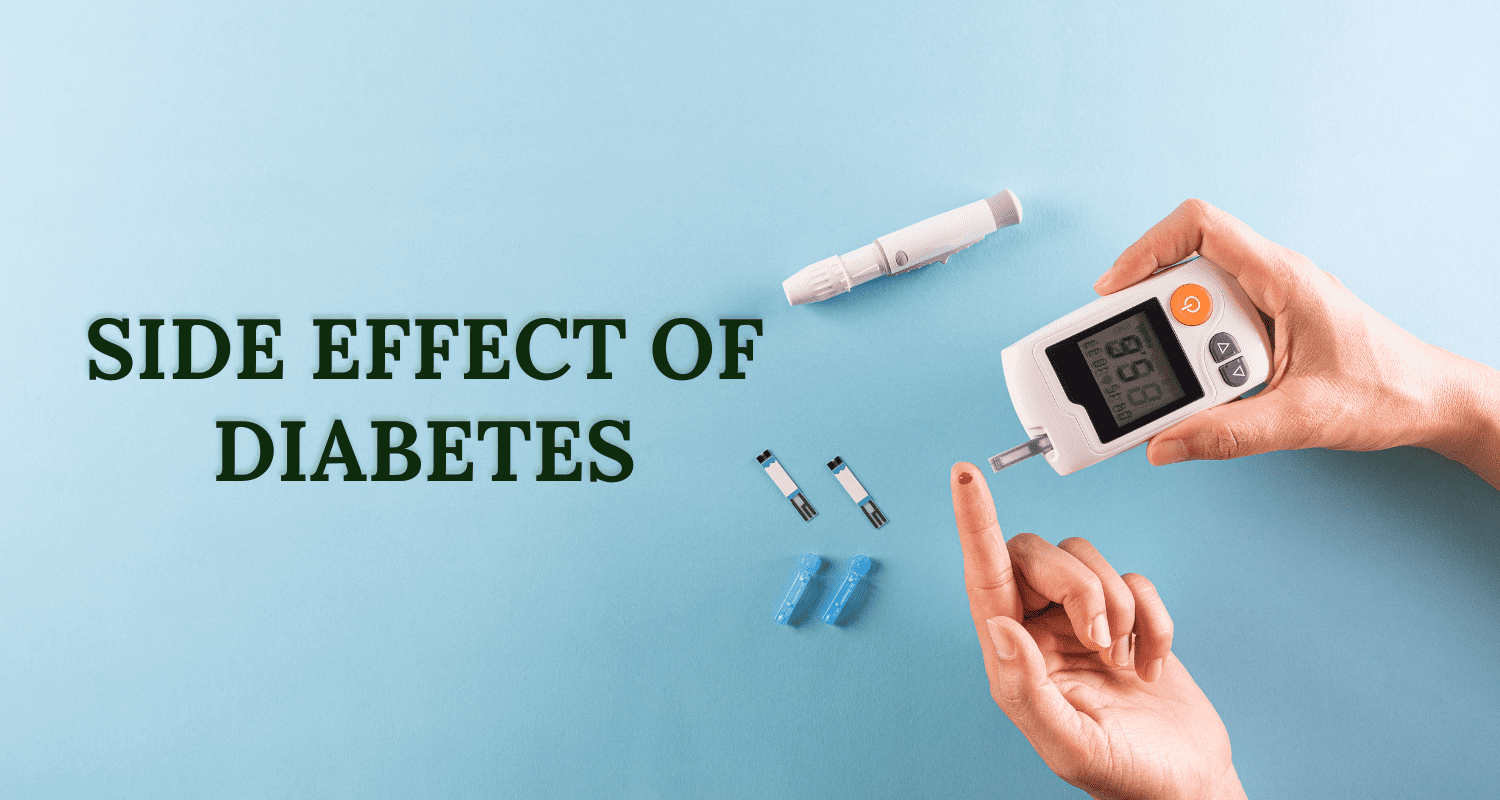Himalayan pink salt and table salt are alike in many ways. They both contain almost 98% sodium chloride. But, the big difference is in their iodine content. Table salt usually has iodine added to it.
On the other hand, Himalayan pink salt is unrefined and does not get iodine added. Now, the big question is, does Himalayan pink salt have iodine?
Let’s take a closer look at does Himalayan pink salt have iodine content to know for sure.
Key Takeaways:
- Himalayan pink salt is unrefined and does not have iodine added like iodized table salt.
- Does Himalayan pink salt have iodine? Trace amounts of natural iodine may be present in Himalayan pink salt, but it is not as significant as iodized table salt.
- Both types of salt should be consumed in moderation to maintain a balanced diet.
- Iodine is an essential mineral for thyroid function and overall health.
- Individuals with iodine deficiency or higher iodine needs should consider alternative sources of iodine if they choose to use pink salt.
What is Himalayan Pink Salt?
Himalayan pink salt comes from the Punjab region of Pakistan, near the Himalayan mountains. It is like regular table salt but with a unique pink color. This color comes from its special mix of minerals.
It has more than just sodium chloride. Himalayan pink salt also has minerals like potassium, magnesium, and calcium. These minerals make it pink and add a nice taste.
This salt is known for its purity and special taste. People love using it in their cooking. It’s a great choice instead of sea salt or table salt in many dishes.
Choosing Himalayan pink salt can make your food taste better and look pretty too. It’s a unique, tasty, and beautiful option for cooking.
The Benefits of Pink Salt
Pink Himalayan salt has become popular because it might be good for you. Some people say it has over 84 minerals, like calcium and magnesium, which can help our health.
But, pink salt’s main part is still sodium chloride, just like the salt on our tables. Although those added minerals seem nice, they’re in really small amounts. This means they might not make a big difference to our health. Instead, it’s key to eat a variety of foods to get all the nutrients we need.
Pink Himalayan salt also offers a bit of natural iodine. Iodine is crucial for a healthy thyroid and for our general health. Yet, the amount of pink salt isn’t as much as in regular iodized salt. So, if you need more iodine in your diet, it’s better to look to those iodine-rich salts.
To really enjoy what pink salt could give you, mix it into a balanced diet. That way, you get all the goodness from different nutritious foods.
Sodium and its Importance
Sodium is a vital mineral for our body. It is found in salt, even in pink Himalayan salt. Our body needs sodium to work well.
Sodium helps our muscles move by contracting and relaxing. It lets our nerves send signals to these muscles. Also, sodium helps to balance the amount of water in our cells.
Having too much sodium can be bad for us, like causing high blood pressure. So, it’s crucial to eat sodium in small amounts and have a balanced diet.
Functions of Sodium:
- Supports muscle contraction and relaxation
- Transmits nerve impulses
- Regulates water balance in the body
Pink Himalayan salt can make our food tastier. But, we should still watch how much sodium we eat. It’s better to focus on eating foods that are full of nutrients.
Is Pink Salt Healthier than Regular Salt?
The debate over pink Himalayan salt’s health benefits is ongoing. Pink salt has some unique trace minerals, like potassium and magnesium. Yet, these minerals amount to very little and might not change your health a lot.
Some people say pink salt is special, claiming it can improve hydration and digestion. They think these minerals are good for our lungs and can even balance our body’s pH levels. But, there isn’t much solid proof from studies to back these claims.
It’s key to not overdo it with any kind of salt. Too much salt, pink or regular, is bad for you. It can mess with your blood pressure and cause other issues. The American Heart Association says most people should have less than 2,300 mg of salt daily. For some, like those with high blood pressure, even less is better.
To sum up, pink Himalayan salt’s potential benefits are not fully proven. It’s okay to use pink salt or regular salt in your cooking, but just a little. Talking to a dietitian or a doctor is the smart move for the best dietary advice.
The Role of Iodine
Iodine is key for thyroid health and helps our cells work properly. The thyroid gland makes hormones that control our metabolism, growth, and development. These hormones need iodine to do their job well.
Most table salt has iodine in it, which is good for our health. But Himalayan pink salt doesn’t have this added iodine. Pink salt is natural and not processed. It doesn’t get fortified with iodine like table salt does.
Some natural iodine might be found in pink salt, but not a lot. It has less iodine than iodized table salt. So, if you use only pink salt, you might not get enough iodine.
Not getting enough iodine can cause problems like thyroid issues or slow brain development in babies. Eating foods rich in iodine, such as seafood and dairy, can help. Or, you can use iodized salt to make sure you’re getting enough.
Sodium Intake and Pink Salt
Pink Himalayan salt and table salt have similar sodium levels. One teaspoon of pink salt has about 2200 mg of sodium. On the other hand, a teaspoon of table salt has roughly 2300 mg.
Being careful with how much sodium you eat is vital, no matter the salt type. Too much sodium can lead to high blood pressure and heart disease. Most people should aim for under 2,300 mg daily.
If you have high blood pressure, it’s best to stay under 1,500 mg each day. Even though pink salt brings some minerals and a special taste, don’t overdo it. This means thinking about your salt use in relation to your health.
How to Use Pink Salt
Pink Himalayan salt is a versatile ingredient. It can be used just like normal salt or sea salt in many dishes. This adds a special flavor.
Here’s how to use it in your cooking:
- Seasoning: Use pink salt instead of regular salt in your recipes. You can sprinkle it on food while cooking or at the table. This enhances flavors nicely.
- Cooking Surface: You can cook on pink Himalayan salt blocks. You heat the block slowly and then cook your food on top. It gives your meals a special taste.
- Baking: Add pink salt to your baking for more flavor. It makes your bread, cookies, and cakes taste better.
- Bath Salts: Pink Himalayan salt is great for baths. It dissolves in warm water and helps relax you. It’s also good for your skin and body detox.
Besides food, pink salt is used in products like salt lamps and candle holders. They make the air cleaner and create a calm space. These things also look nice in your home and could have health benefits.
Using pink Himalayan salt, you can make your food taste better or enjoy a soothing bath. It’s a great way to make your meals more interesting and live healthier.
Myth vs. Reality of Pink Salt
Many people think pink Himalayan salt is better for you. They say it’s pure and doesn’t have chemicals. But, the truth is, its health benefits are often stretched too far. Things like less sodium and helping you drink more water are myths. All salt types share these claims, not just pink salt.
It’s key to look closely at what pink salt is said to do. And remember, a good diet is about balance. Let’s clear up some myths about pink salt.
Pink Himalayan Salt Myth:
- Myth 1: Pink Himalayan salt has a lower sodium content than regular salt.
- Myth 2: Pink salt provides unique health benefits not found in other salts.
- Myth 3: Pink salt aids in hydration better than other salts.
Reality:
- The sodium in pink Himalayan salt is just like in regular salt. Both need to be used carefully for good health.
- Things like potassium and magnesium in pink salt are in tiny amounts. They might not help your health much.
- All salt types can help you stay hydrated. But the real secret to staying hydrated is drinking enough water every day.
Thinking about adding pink salt to your meals? Remember, check how much salt you eat already. Does himalayan pink salt have iodine? Pink salt isn’t magical. It’s not better than other salts. For a healthy life, eat a balanced diet. Include lots of foods that are good for you and drink plenty of water.
The Importance of Iodine in the Diet
Iodine is a key mineral needed for thyroid health and overall well-being. It helps make thyroid hormones, which are crucial for body functions like metabolism. Plus, it aids growth and development.
In places with iodized salt, not having enough iodine is rare. But, certain groups, like pregnant women, need extra. They require it for their baby’s brain and nervous system. Also, those on special diets or without much iodine-rich food could lack iodine.
Thankfully, there are many foods rich in iodine. For example, you can get it from:
- Seafood such as seaweed, fish, and shellfish. A bit of seaweed can give you more iodine than you need in a day.
- Dairy like milk, yogurt, and cheese. These foods add a lot of iodine to our diets in some places.
- Eggs are also a good source of iodine. Eating eggs can help you get more iodine.
Iodized salt is a well-known iodine source. But does Himalayan pink salt have iodine? No, pink Himalayan salt, often used instead, doesn’t offer much iodine. So, people needing extra iodine should look to other foods for it.
Summary:
Iodine is vital for a healthy thyroid and overall wellness. Iodized salt is a primary way many get their iodine. But, does Himalayan pink salt have iodine? No, pink Himalayan salt is not reliable for this. Those needing more iodine should eat foods like seafood, dairy, and eggs to meet their daily needs.
Sodium Intake and Health Considerations
Too much sodium is bad for health, especially for people with specific health issues. If you have problems with your heart, kidneys, or liver, or if you’re limiting salt, then keeping an eye on your sodium is a must. It’s key to staying healthy.
The American Heart Association says most people should have less than 2,300 mg of sodium a day. But, people with high blood pressure should try to stay under 1,500 mg.
Being aware of how much salt you eat is crucial for your health. This includes fancy salts like pink Himalayan salt. Understanding does Himalayan pink salt have iodine is essential. Tracking your salt intake helps lower the risk of health issues, especially high blood pressure.
Conclusion
Does Himalayan pink salt have iodine? Himalayan pink salt doesn’t have added iodine like table salt. It only has a little natural iodine. But, this is not enough for our needs.
This salt is like regular salt and gives us the sodium our bodies need. It’s a good choice for cooking and baking.
You should watch how much salt you eat. Too much sodium is bad for your health. This is especially true for people with certain health issues or who need to eat less salt. People need to understand does Himalayan pink salt have iodine for optimal choices.
To wrap up, does Himalayan pink salt have iodine, Himalayan pink salt is a good choice for some people. It has its benefits because it’s natural. But always remember to think about what’s best for your diet and health.
FAQs
Does Himalayan pink salt have iodine?
Himalayan pink salt contains iodine in a very small amount.
Is there enough iodine in Himalayan pink salt?
Himalayan pink salt lacks significant amounts of iodine it has a very small amount.
Which is better for you: Himalayan pink salt or iodized salt?
It depends on your iodine intake needs; iodized salt is better for those who require iodine supplementation.
Who should not eat Himalayan pink salt?
Individuals with iodine deficiency or those who need to regulate iodine intake should avoid Himalayan pink salt.
Which salt has the most iodine?
Iodized salt contains the most iodine, as it’s fortified with it.
Can we use pink salt for thyroid patients?
It’s not recommended for thyroid patients as pink salt lacks iodine, which is essential for thyroid health.
Which salt has no iodine?
Himalayan pink salt typically contains no iodine, unlike iodized salt which is fortified with it.
Disclaimer: This content, including advice, provides generic information only. It is not a substitute for a qualified medical opinion. Always consult a specialist or your doctor for more information. Nutrition Cult does not claim responsibility for this information.




